Design For Sustainability – Exploring Different Trends With Respect To Using Sustainable Materials For The Handmade Industry
Mar 13, 2022 | Apoorvaa Balasundaram
 It is lucid that existing systems of production and consumption are unsustainable. The accelerating rate of globalization and trade liberalization with technological advancement has altered the landscape of public and private sectors globally. Though companies through Corporate Social Responsibility (CSR) are trying to attain sustainability goals regarding energy or water consumption, it is paramount to shift focus towards the products themselves. Changing these utilization patterns can benefit a lot from Design for Sustainability. It has scope for product efficiency, increased market opportunities, and decreased environmental input.
With purposive consumerism on the rise, sustainability is not just a consumer trend but a business imperative. More consumers are shifting their sentiments from mass-produced products to handmade products. According to the study- Yi & Anh (2016), characteristics like a status symbol, uniqueness, quality, creativity, customization, environment friendliness, artisan, and local community support affects a customer's intention to purchase a handmade product.
Fundamental changes must occur like Design for Sustainability, which encompasses solving consumer needs through sustainability systematically and systemically. The problems of the current scenario will depend on the ability of design professionals and engineers who must have a better understanding of materials to work with, which will create newer market opportunities.
It is lucid that existing systems of production and consumption are unsustainable. The accelerating rate of globalization and trade liberalization with technological advancement has altered the landscape of public and private sectors globally. Though companies through Corporate Social Responsibility (CSR) are trying to attain sustainability goals regarding energy or water consumption, it is paramount to shift focus towards the products themselves. Changing these utilization patterns can benefit a lot from Design for Sustainability. It has scope for product efficiency, increased market opportunities, and decreased environmental input.
With purposive consumerism on the rise, sustainability is not just a consumer trend but a business imperative. More consumers are shifting their sentiments from mass-produced products to handmade products. According to the study- Yi & Anh (2016), characteristics like a status symbol, uniqueness, quality, creativity, customization, environment friendliness, artisan, and local community support affects a customer's intention to purchase a handmade product.
Fundamental changes must occur like Design for Sustainability, which encompasses solving consumer needs through sustainability systematically and systemically. The problems of the current scenario will depend on the ability of design professionals and engineers who must have a better understanding of materials to work with, which will create newer market opportunities. Technology has driven humans to switch to machine-manufactured products so much that they have replaced almost everything from clothing and accessories to furniture. Even though most of these mass-manufactured products are easy to obtain and even economically viable in some cases, it is hard to ignore that companies like luxury brands- Hermes, cosmetics and soaps- Lush and household furniture- Etsy promotes handmade products are thriving with steady revenue growth.
Handmade products are a role model for sustainability as they are built on traditional skills, sensible use of materials, and processes that have lasted for generations. A majority of sustainable development goals declared by the United Nations can be attained by better upliftment of these craftsmen. The handicraft sector plays a crucial role in revenue making and has also been welcomed as a contraption to minimize poverty.
It is important to understand this because it allows us to understand how things are related to their larger system, and it enables us to be more instructive about getting more service from less product or materials. As such, artisans and the local community would be able to capitalize due to the availability of better opportunities.
A paradigm shift in consumerism towards handmade products is a compelling point for businesses to observe. As such, there is a need for examining this hypothesis- whether promoting the handmade industry while being sensitive to current trends and which features can be produced sustainably. Although several papers regarding Design for Sustainability exist, there is no study to examine trends concerning using sustainable materials for the handmade industry.
This paper is an attempt to highlight how we can design by substituting harmful, synthetic materials in a handmade product with natural and carbon-neutral materials that can lead to sustainable development- environmentally, economically, and socially.
Handmade Design and Sustainability
The end of the 20th century marked the beginning of the over-consumption of materials and uneconomical products caused by their design and manufacturing processes. Design for sustainability allows designing holistic, creative, emancipating, and innovative products.
Sustainability concepts can be implemented at various stages of the supply chain, but it heavily relies on the stakeholders of the entire handicraft sector, mainly- craftsperson, suppliers, product designers, and consumers. This sustainable development is only possible when product designers and craftspeople constantly evolve with global trends with minimum damage to the environment. Consumers are making a conscious effort towards lifestyle attitudes and honoring the significance of handmade products.
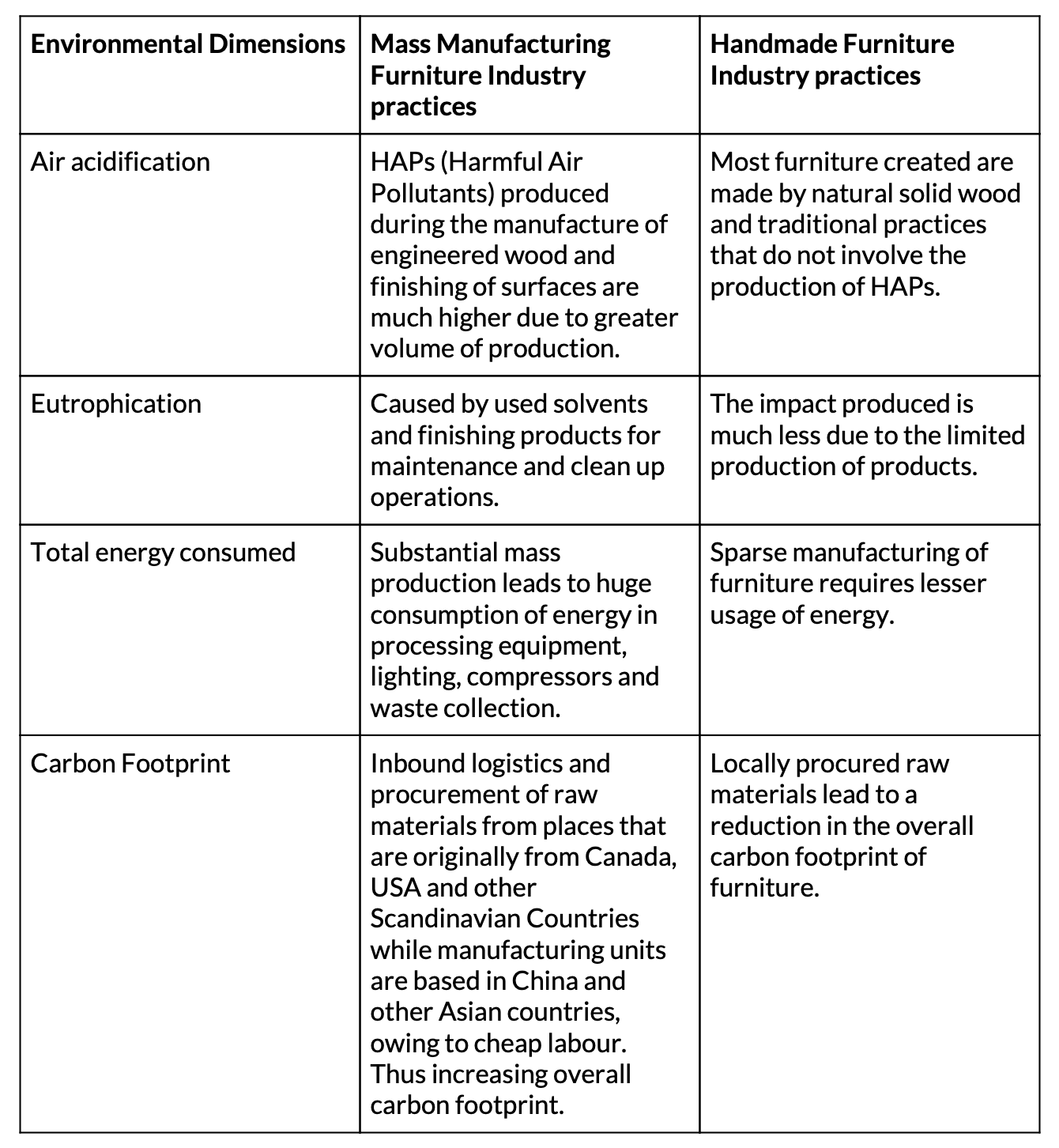
Table 1: Index for sustainable development coherence
Product Design and Material Usage
According to the Sustainable Apparel Coalition (SAC), designers and developers can influence the environmental impact by 80%. Hence there are vital opportunities where the sustainability index can be managed during the design process itself. One such factor that should be considered is material efficiency.
Decreasing the amount of material to be consumed during manufacturing reduces the cost of production and energy. This can be kept in check in the following ways:
1. The decreasing number of parts trims etc.
2. Combining things/ parts to increase production efficiency.
3. Using the same material in multiple styles.
Creating viable products that are easy to maintain reduces the need for investing in more products with more resources involved. Designers should keep material durability in mind and create a product that consumers might want to hang on for a long time. Another factor that should be considered is the product life cycle- Can this product be recycled or upcycled in any form at the end of its usage? If yes, is it easily available for consumers to achieve these goals?
Qualitative case comparison of mass furniture manufacturing industry and handmade furniture industry
The following section deals with the similarities and differences between the mass producing and handmade furniture industry because the furniture is the third largest user of wood resources, behind construction and paper production.
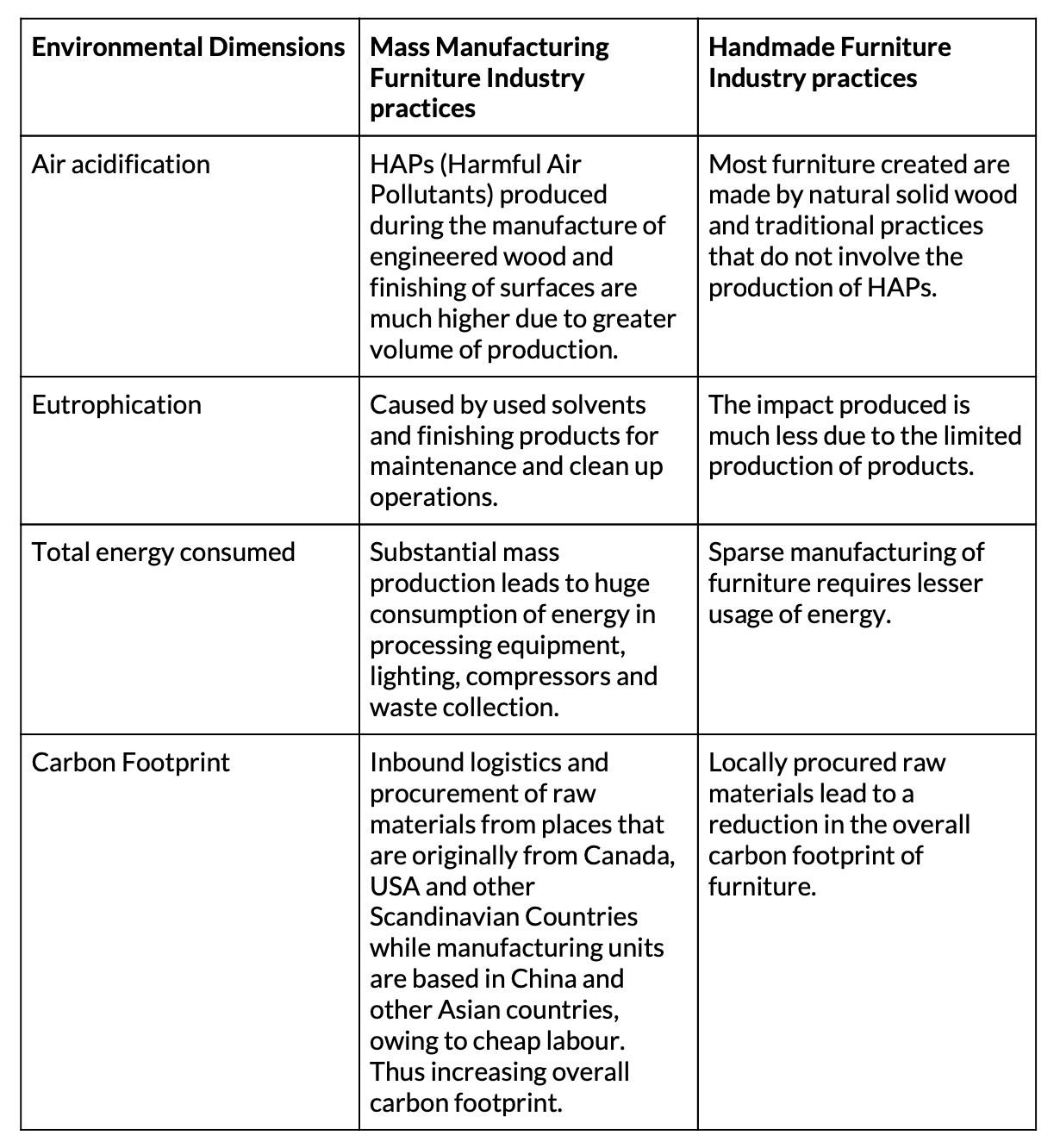
Table 2: Environment Sustainability practices followed by both the sectors
Both sectors have several policies implemented to ensure a certain environmental or social sustainability level. While most practices and materials used by the handicraft industry are more environmentally sustainable in nature, the mass manufacturing industry has started some sustainability initiatives a few years ago.
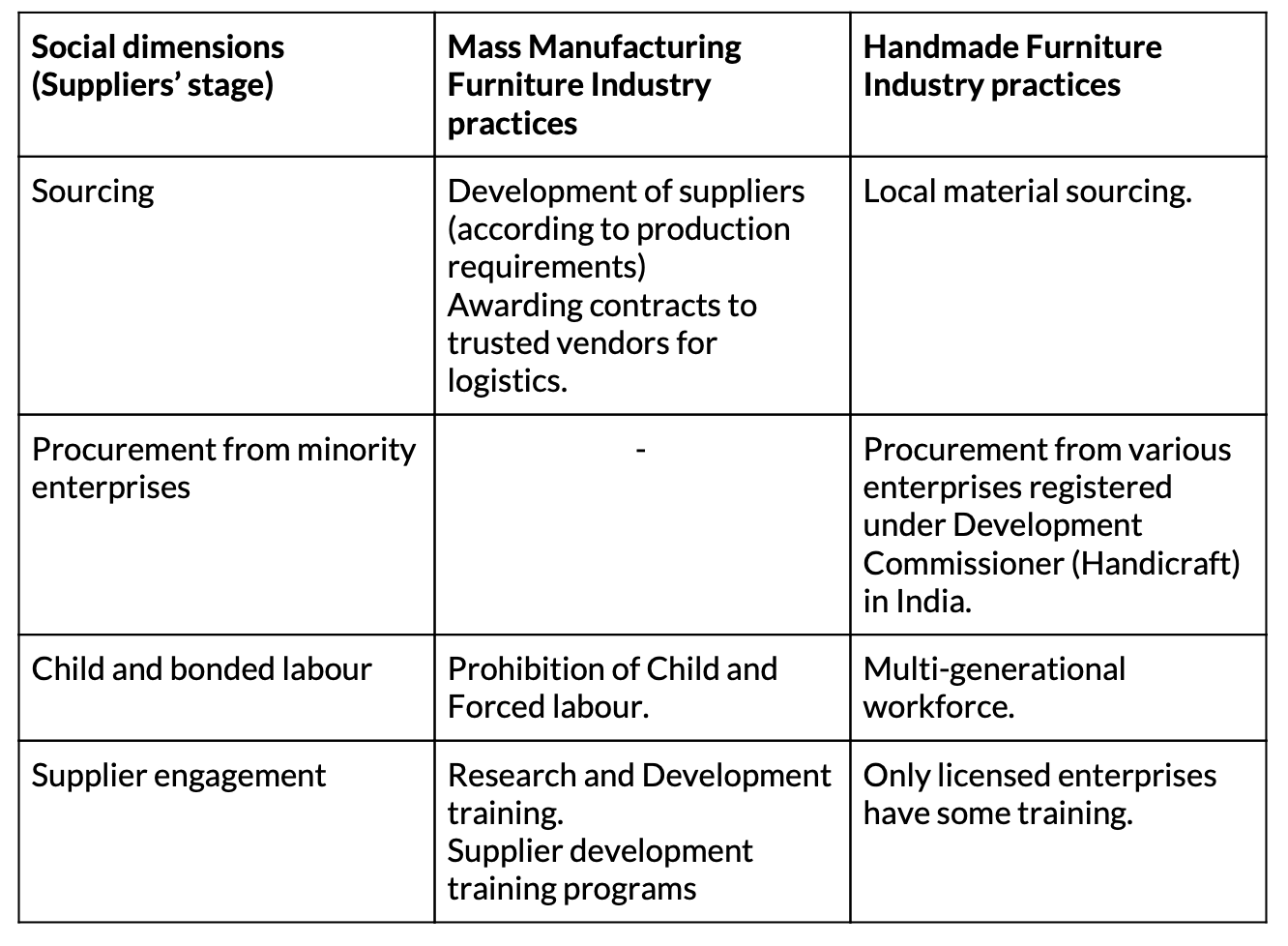
Table 3: Different Social Sustainability practices following by both the sectors- Supplier Stages
Rural economy and Sustainability
It has been observed that poor planning has put severe pressure on urban services and forced millions of rural migrants to work for low wages and live in deprived conditions. Thus it is important to check unplanned migration from rural to urban areas and improve the socio-economic conditions of the vast majority of the population in the country. There is a need to strengthen the rural economy and create employment opportunities in rural economic activities.
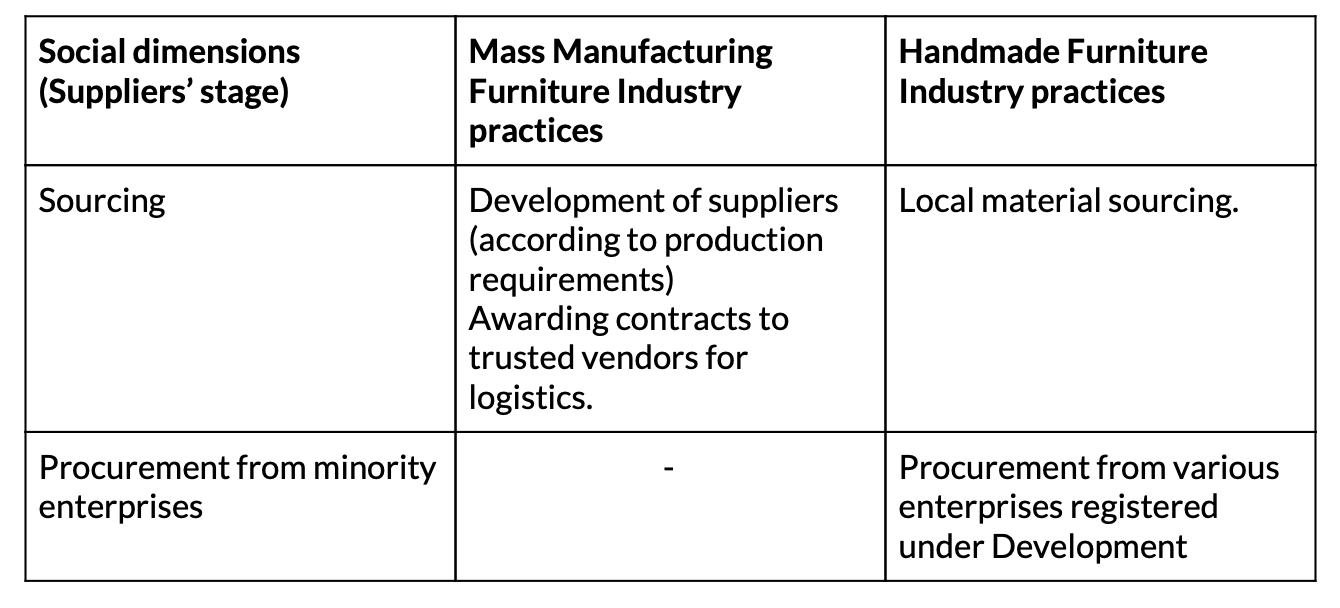
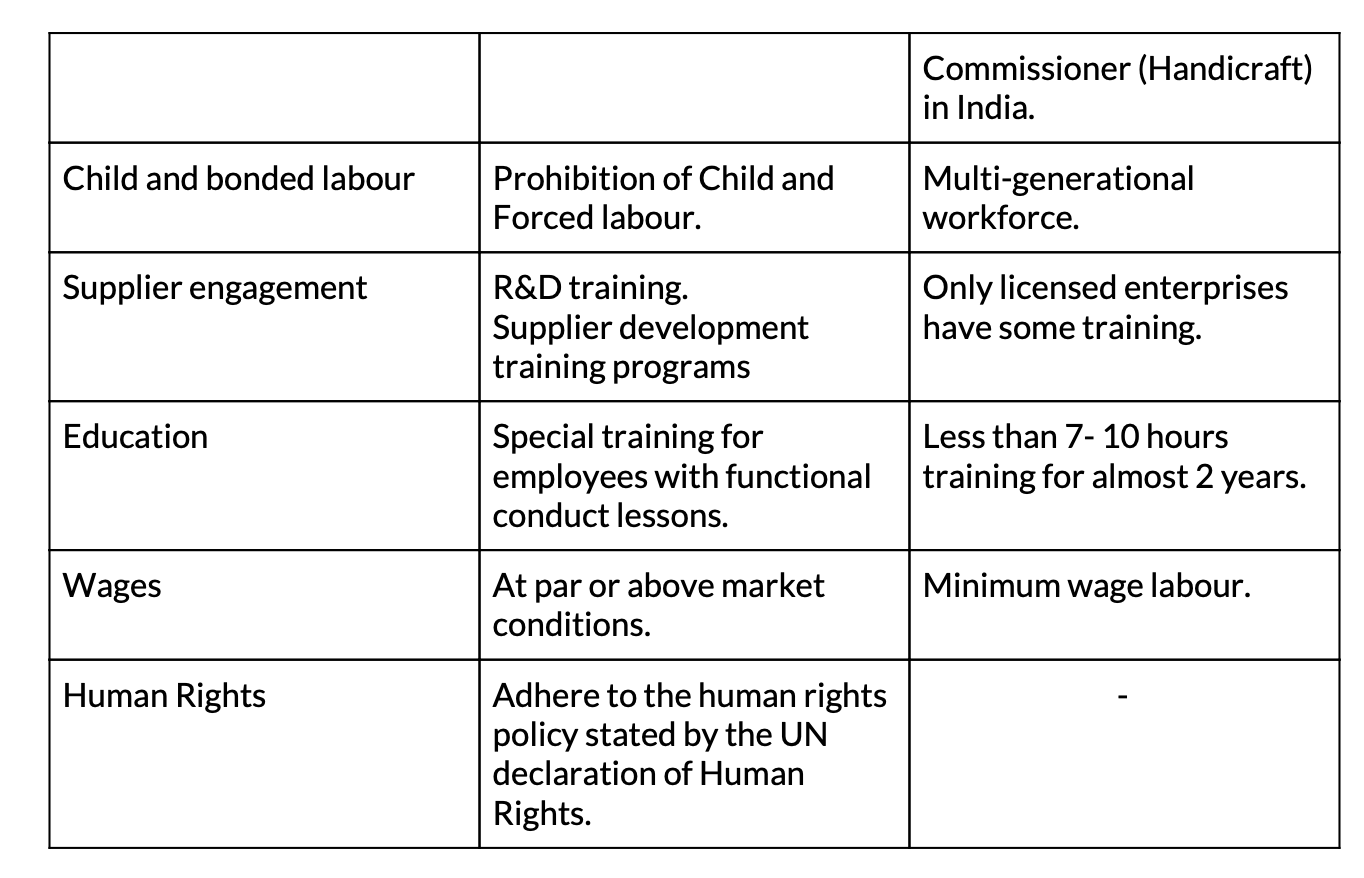
Table 4: Different Social Sustainability practices following by both the sectors- Operations Stages
According to the Development Commissioner (India), the handmade industry is economically important since it has a low capital investment and a high value-add ratio. India’s handicraft industry will touch $250 billion in the next two years compared to its current value of $150 billion.

Table 5: Basic information of respondents
150-250 million rural people are already engaged in the handicraft sector, which heavily comprises women and people of lower economic backgrounds. Selective adoption of schemes and policies will provide additional income, distribution of the workforce, improvement in the standard of living, and enable them to innovate with the available local resources, thus promoting sustainable development. This will significantly promote social equality and the preservation of cultural heritage.
Qualitative Research
The general objective of this study was to understand the factors that influence customer happiness concerning consumer products. The researcher analyzed the data through an online survey with a sample size of 25 respondents.
The questionnaire is divided into two sections. The first section looks at the basic information of the respondents and the second part deals with the questions that influence their frequency of consumer product purchase and the factors affecting it.
Basic information of the respondents
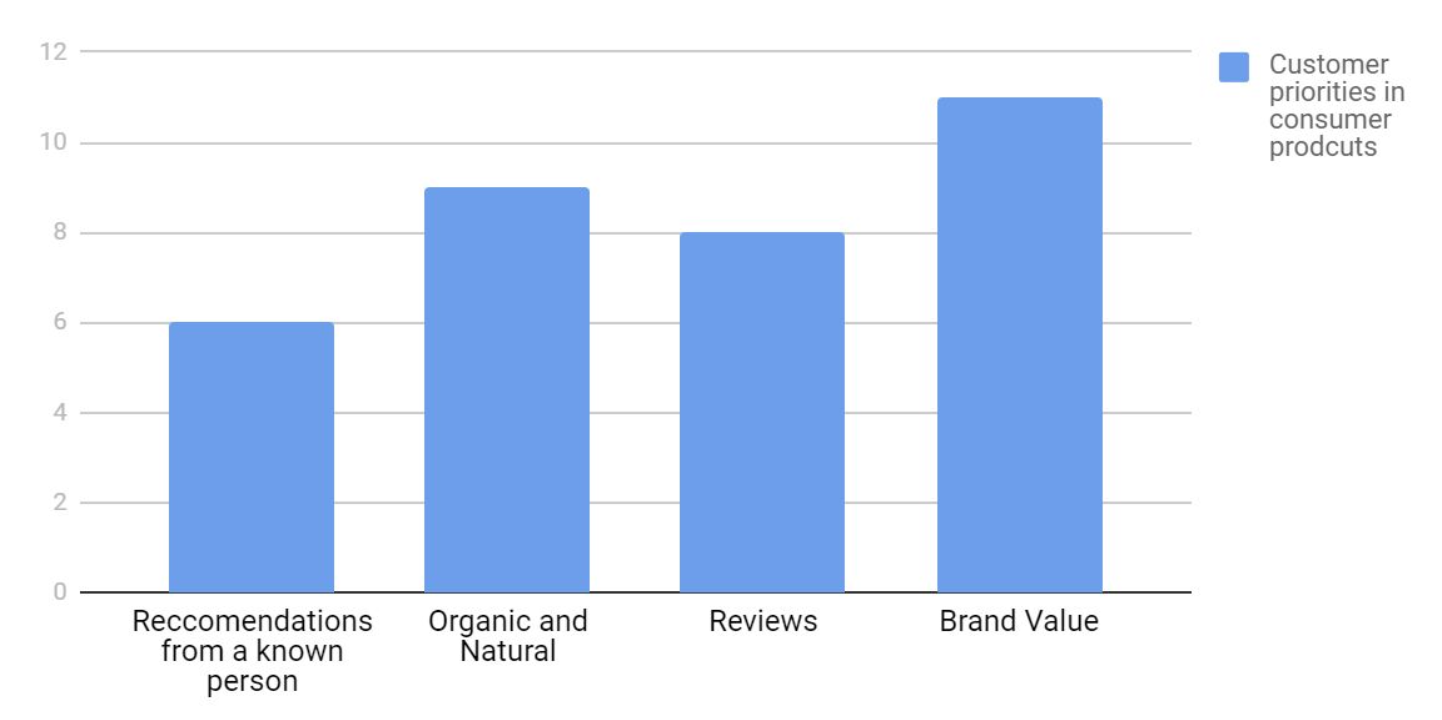
Figure 1: Customer priorities in consumer products
Age and gender: These questions were asked to eliminate responders under the age of 21 who don't comply with the purpose of this study. Surveys of 2 such respondents were removed.
Influencing factors
The questions in this section deal with the factors that influence their buying behavior. Question 1: What are your priorities while purchasing a consumer product?
The result of this question shows that 47.8% of respondents agree to buy consumer products that have a brand value, while 39% of them valued organic and natural products over other factors.
The result indicates that product quality, authenticity, and artisan community support are of utmost significance for customers over customization and status symbols.
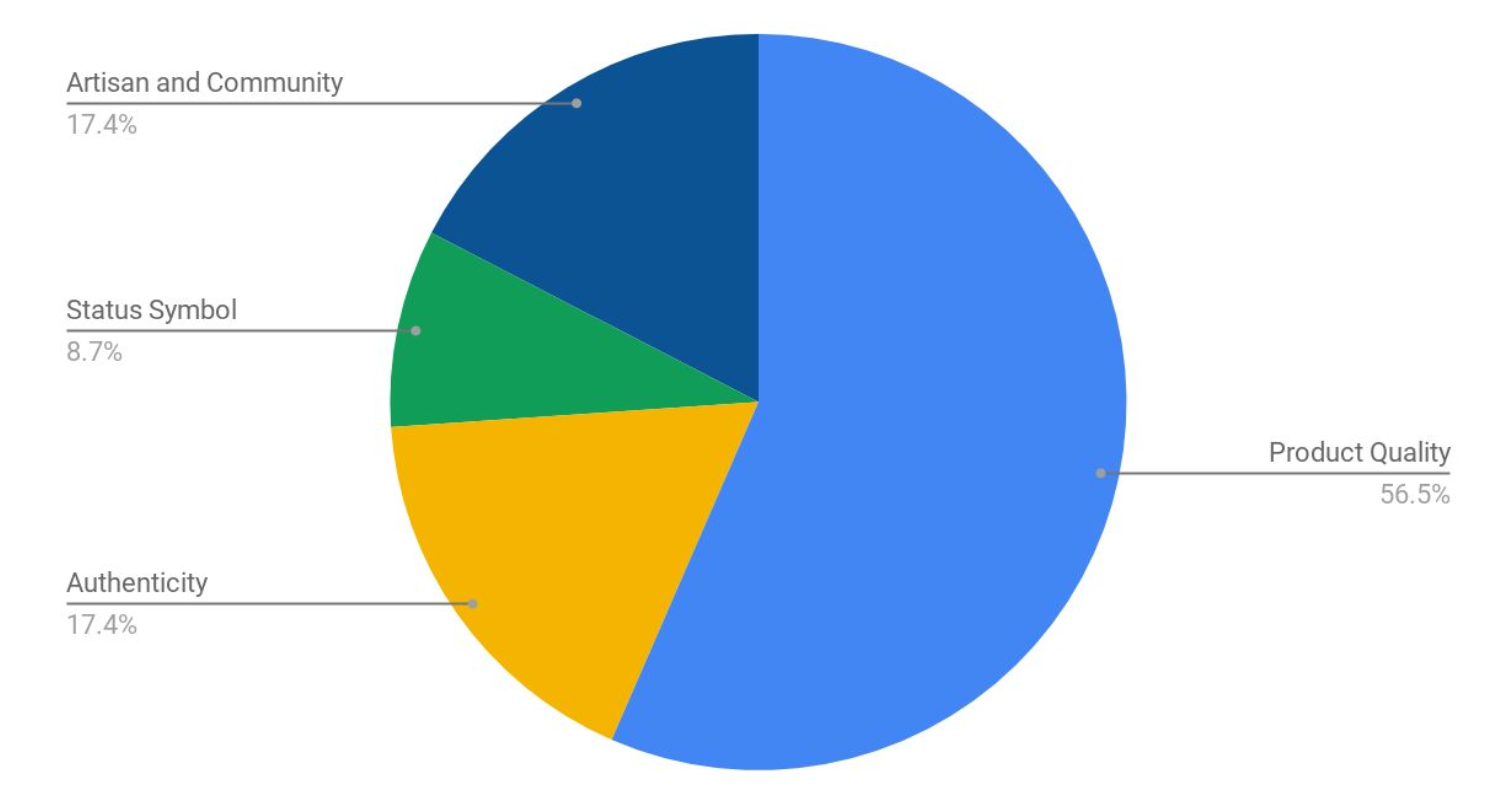
Figure 2. Factors for which customers are ready to purchase consumer products with extra money.
This question shows that 8 of the respondents, which constitute 34.8% agree that they are moderately satisfied by purchasing a sustainable consumer product. On the other hand, three respondents, who constitute 21.7%, are neither satisfied nor dissatisfied by their purchase. 7 (30.4%) out of the 23 respondents are satisfied, while 3 (13%) are very content with their purchase.
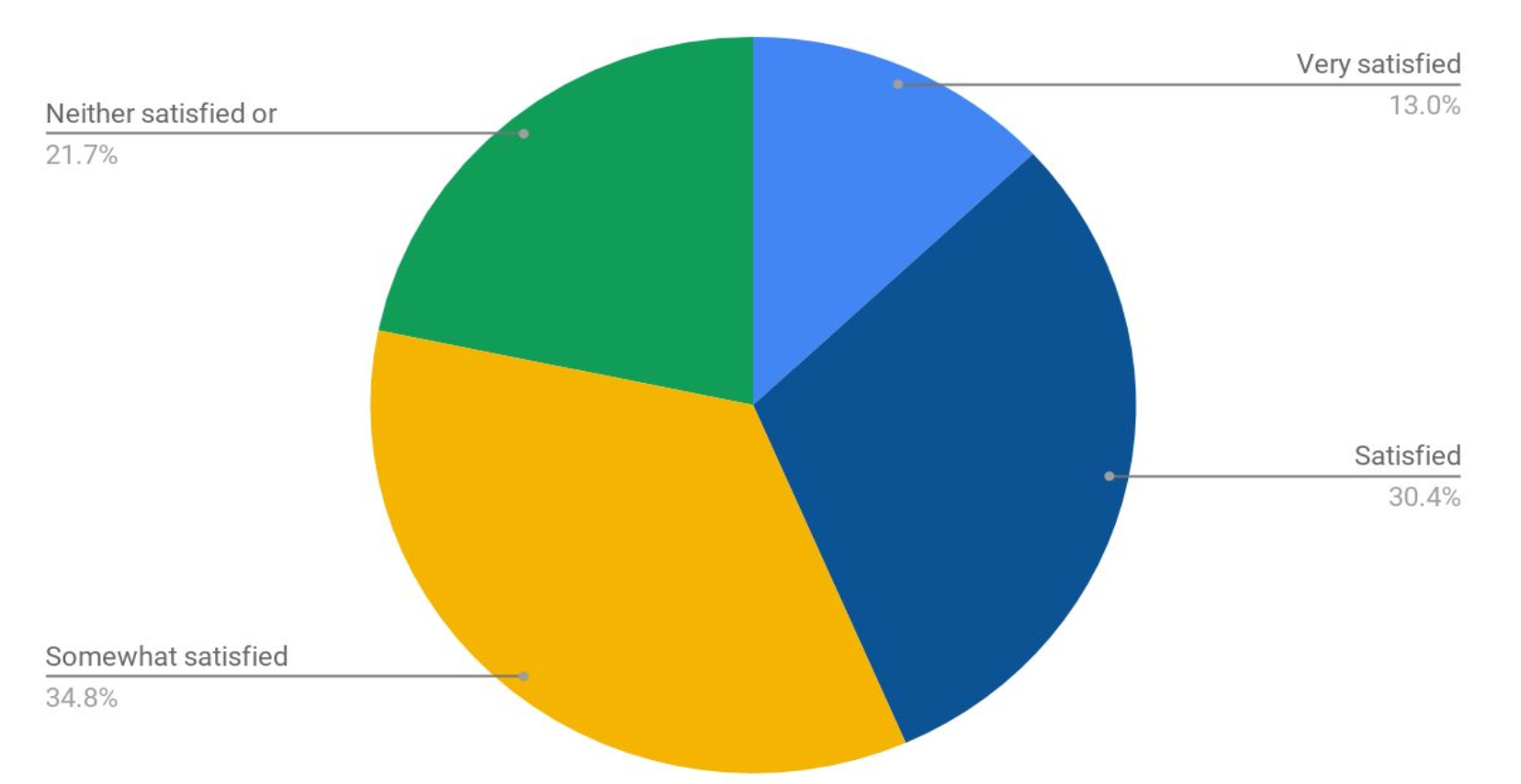
Figure 3. Effect of purchase of an environmentally friendly product
Using the formula P ± Zc*SQRT (P*(1-P)/N), N=23, Zc=1.96 (for 95% desired confidence interval)
21.7% of the sample population are neither satisfied nor dissatisfied (P=21.7%); therefore, between 13.04% and 30.3% of the general population are neither content nor satisfied by their consumer product purchase.
78.2% of the sample population agree (P=78.2%), then between 46.5% and 95.9% of the general population are content with the patronize of sustainable consumer products.
Comparatively, the upper value of disagreed population (30.3%) is below the lower
value of the agreed population (46.5%), which means the factor strongly influences customer satisfaction.
Recommended



Wholesale / B2b Kathputli Puppets From Ahemdabad
Dec 16, 2024





